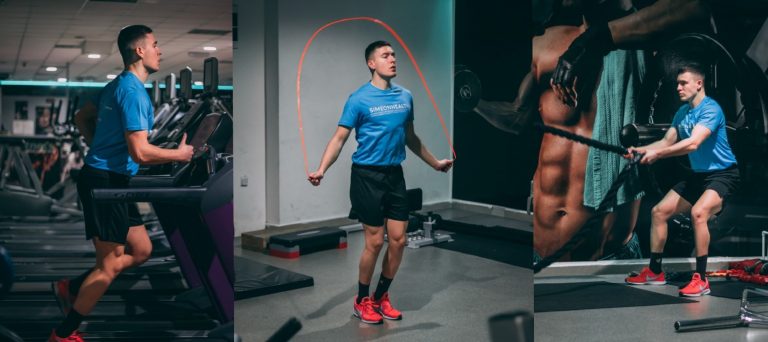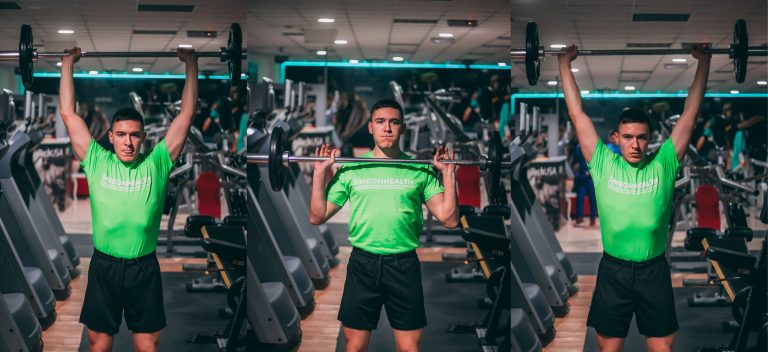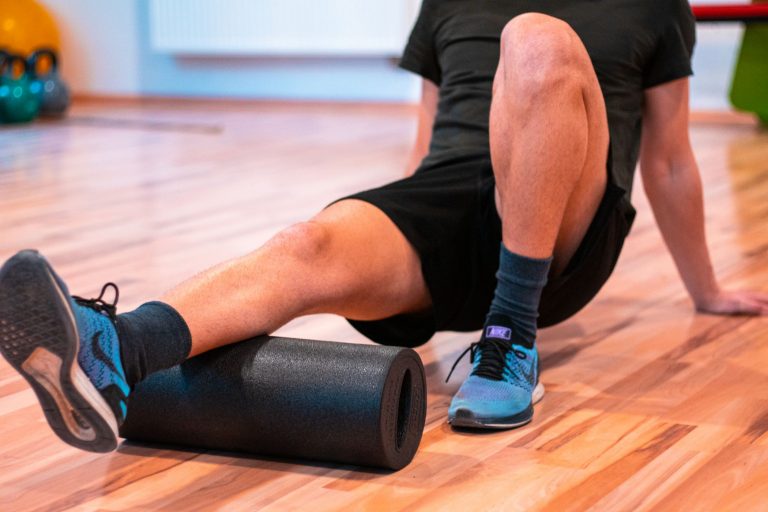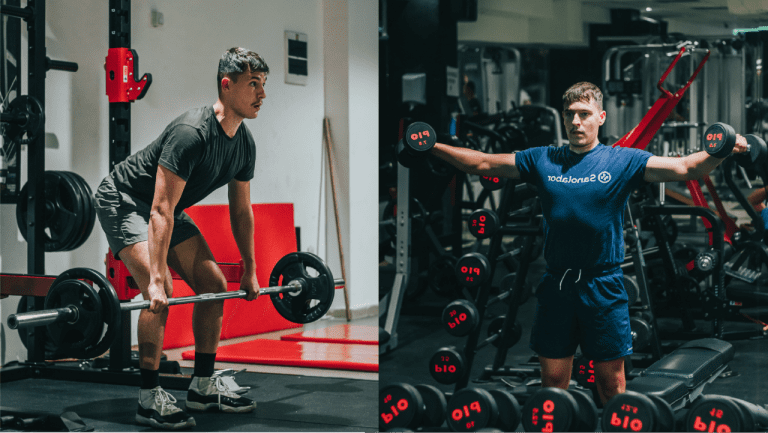7 Physiological Benefits Of Cardio Exercise
If you’re thinking of jumping into your first cardio session and you want to make sure it will be worth it beyond the potential weight loss benefits, this article is for you.
We’ll go through the top 7 physiological benefits of cardio and some of the underlying mechanisms. From fat loss, stamina, and cardiovascular health, up to mood improvement, skin regeneration, and sugar management, cardio affects them all.
The Top 7 Benefits of Cardio
Aerobic exercise or cardio comes with tons of benefits that range from cardiovascular health to fat loss. Aerobic exercise is conditioning the body to use oxygen more efficiently. Through training, we burn calories, which improves both our body composition and cardiovascular function, but is there anything more than that?
Aside from the two very known benefits, cardio has many other benefits related to mood, stress, sleep, confidence, circulation, and so on. It can affect many biomarkers of health and is linked to a higher quality of life and longevity.
1. Weight-Loss and Fat-Loss
The most obvious reason for doing cardio is its ability to efficiently burn calories, which results in weight loss. Aerobic exercise improves our ability to break down or oxidize fat tissue, which reduces fat stores.
You can lose weight and fat by being in a caloric deficit. Adding cardio to your current diet can help you expand more energy, thus burning calories. In around 30 minutes of cardio, we can burn anywhere around 100 – 400 kcal depending on the intensity of the training.
Significant weight loss can come as a combination of caloric deficit (nutrition-wise), good sleep, and consistent cardio exercise. However, without altering the diet, with no caloric restrictions, results are very heterogeneous. (1)
- In a 10- month trial, supervised cardio sessions that burned 400-600 kcal resulted in significant weight loss at 4.3% to 5.7% without diet alteration. (2)
- In another article at Health Harvard, the most efficient activities in terms of calorie-burning include vigorous stationary bicycling, high-impact step aerobics, and higher intensities on rowing, elliptical, and ski machine. (3)
But how is all this fat burned? The fat tissue is made up of fat cells, where we store fat. The higher the caloric surplus we’re continually at, the more fat we’ll store, even if we only overeat carbohydrates and protein.
On a physiological level, with training and caloric reduction we are breaking down these fats into carbon dioxide and water. Excretion takes place everywhere, from breathing, sweating, urine, and other fluids. (4)
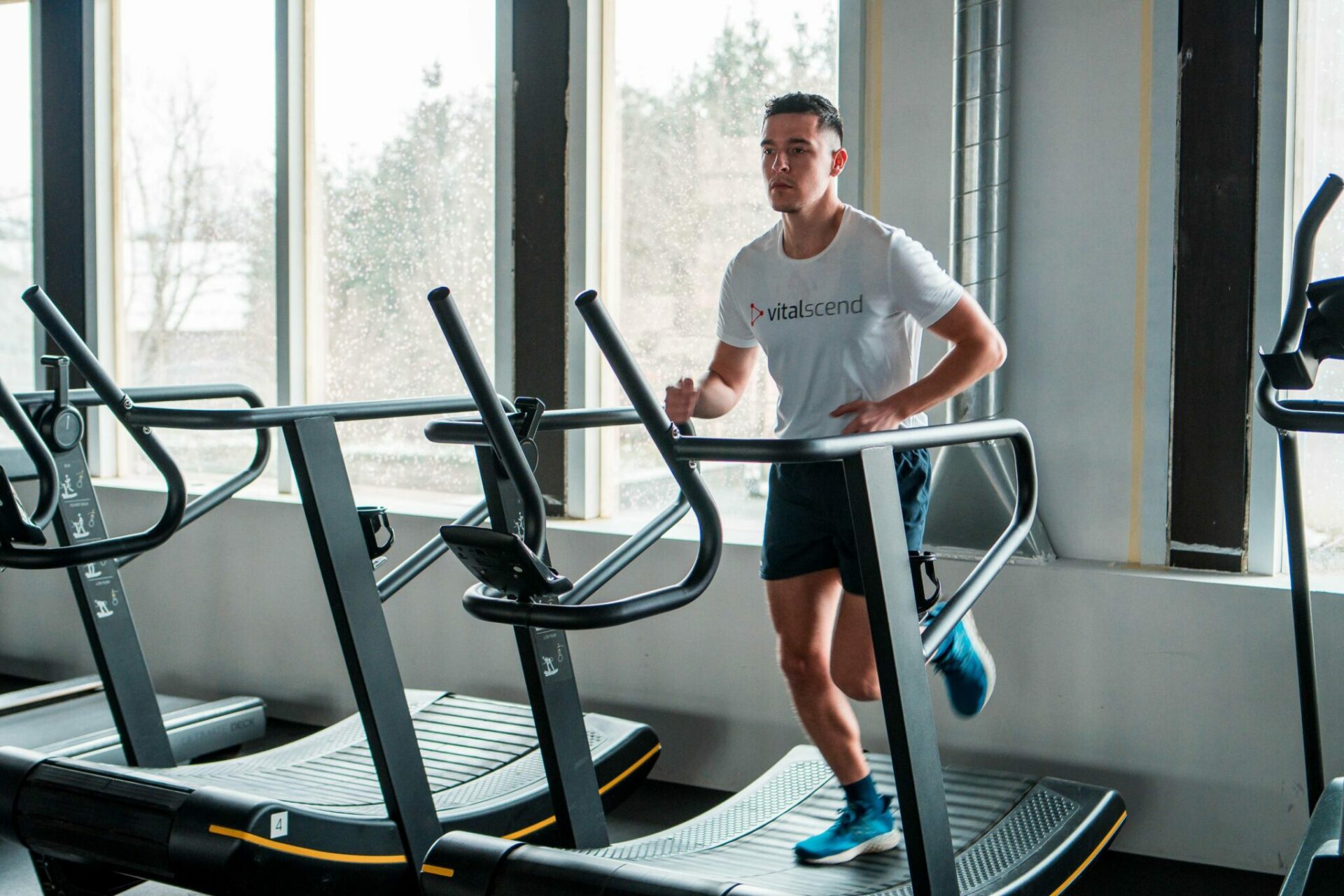
2. Improves Cardiovascular Health
Aerobic exercise is one of the main ways to keep your heart healthy. The cardiovascular and respiratory systems are very interconnected, and aerobic work stimulates both. We get better at what we train, so running or doing any other cyclic repetitive movements will get our heart rate up and train these systems.
The main function of this system is cycling oxygenated, nourished blood and removing waste, carbon dioxide, and by-products. Working out makes this possible by increasing heart rate, improving circulation, increasing oxygen uptake, etc.
Aerobic exercise may be suitable for improving many health-related blood markers, research shows. It has the potential to reduce blood pressure, improve blood sugar control and improve circulation. (5)
Activity at moderate and vigorous intensity was shown effective in increasing HDL or “the good” cholesterol and offsetting or even lowering (with higher intensities) “the bad” LDL cholesterol and triglycerides. (6)
It appears though as if there should be a certain exercise volume to significantly increase HDL cholesterol levels. The minimal volume was around 120 minutes of weekly exercise, which burned around 900 kcal. The exercise was more effective in those with lower BMI and higher total cholesterol levels. (7)
key point
By improving cholesterol profile, potentially reducing blood pressure, improving circulation by vasodilation, and better blood sugar management, it seems that aerobic exercise can improve cardiovascular health.
3. Blood Sugar Regulation and Diabetes
Physical activity, especially aerobic exercise can have a significant effect on the whole machinery that circulates, absorbs, and uses glucose. This can go in favor of better and more stable blood sugar levels, and higher energy production.
In people with type 2 diabetes, this meta-analysis shows that aerobic exercise can improve physical fitness and lower blood sugar levels. Aerobic exercise improved the levels of fasting glucose and insulin. Out of low, moderate, and high-intensity training, the latest was the most effective in lowering blood sugar. (8)
Another great benefit from exercise is improving blood glucose control, which may potentially delay the progression of type 2 diabetes and improve the health status of individuals with type 1 diabetes. (9)
When it comes to blood sugar regulation, insulin is the main hormone. It takes the extra sugar from the blood, transferring it into the liver, muscles, and cells. This keeps the blood sugar levels at an optimal level.
Aerobic exercise has been shown to affect and improve many of the factors involved in sugar control. It can improve insulin sensitivity (the body’s sensitivity to insulin, or the amount of insulin required to lower blood sugar), reduce insulin resistance and assist with blood sugar management. However, individuals with diabetes need to take certain precautions to safely exercise. (10)
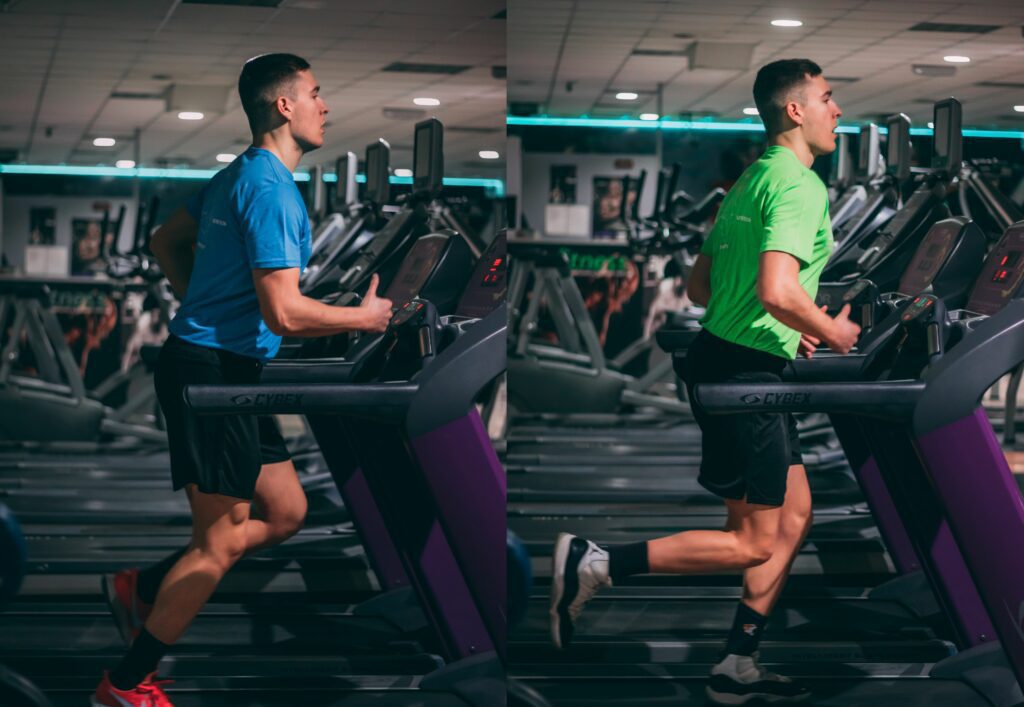
4. Anti-aging, Skin, and Longevity
Aside from a healthy diet and optimal sleep, physical activity is another important aspect related to longevity, health, and well-being.
Exercise can improve mitochondrial metabolism, which is logical since mitochondria are responsible for generating energy in the presence of oxygen. This especially applies to endurance or cardio type of exercise. (11)
Exercising, especially in the higher ranges, like 450 min + a week, at vigorous and moderate intensities is correlated with longer life expectancy. While the aging process can not be reversed with exercise, it can be slowed down. (12)
Consistent physical activity is linked to many other aspects of health. For example, it can help out with hormone balance and increase growth hormone, also called the fountain of youth or “the regeneration hormone”. (13)
Key Point
Endurance exercise can slow down the aging process, partially by slowing down the structural deterioration of the skin, muscles, and other tissues in the body.
5. Cardiovascular Disease Prevention
Some of the most common diseases like obesity, stroke, heart failure, heart attack, and hypertension are all heavily related to poor cardiovascular health and blood markers. From bad cholesterol profile (too high LDL), and poor circulation to high blood sugar, and blood pressure.
But it looks as if this isn’t an overnight thing, but an over-life thing, meaning it’s more chronic and predictable than acute. And this is where aerobic exercise and a healthy diet come in place, potentially reducing some of these risk factors by doing their wonders on the cardiovascular system.
Exercise, as we’ve seen before has favorable effects on cholesterol. Research shows that it has the potential to reduce “the bad” or LDL cholesterol and increase HDL cholesterol, which absorbs and transfers cholesterol. (14)
- Moderate-intensity aerobic exercise stimulates vasodilation – improving blood flow. It does this by increasing the level of Nitric Oxide (NO) and its bioavailability in humans. (15)
- Extreme super-endurance training may be detrimental at excessive doses, but moderate levels of activity are continually associated with lower cardiovascular disease risk. (16)
Cardio is also linked to better longevity and higher quality of life. It has the potential to increase fatty acid oxidation, and potentially reduce CVD risk by improving mitochondrial biogenesis which improves the body’s ability to use oxygen. (17)
6. Exercise Improves Mood
The hormones involved in mood regulation can significantly affect our well-being, mood, and feelings. These are hormones like dopamine, serotonin, and oxytocin. They produce feelings of “happiness” and “satisfaction” in a natural way, making us feel good.
If you’ve ever heard about the runner’s high, it’s the secretion of endorphins or “good-feeling” chemicals after a long-running (or other endurance training) session. It makes us feel the natural “high” which comes after physical activity.
Exercise can lead to a lower probability of depression by 26%, as highlighted in Harvard Health. Also, by analyzing a larger database it seems that low-moderate intensity was fairly effective in boosting mood. (18)
We all know mental stress can be bad, but can physical stress be bad too? Well, it looks as if anything overdone can hurt you, even exercise. But from a physiological standpoint, physical stress increased the inactivation of cortisol into cortisone, increased BDNF, an important neurotrophic factor, and Serotonin, a well-known endorphin involved in mood regulation and sleep. (19)
Dopamine, which is one of the main neurotransmitters is also increased by exercise. It is involved in mood regulation, appetite, feelings of motivation and satisfaction, cognitive function, and reproductive behaviors.
key point
All in all, aerobic exercise seems pretty effective in terms of stress reduction, mood improvement, and general well-being. It increases dopamine, one of the main neurotransmitters involved in mood regulation, cognitive function, reproductive behaviors, and feelings of motivation and satisfaction.
7. Improves Aerobic Capacity
One of the main benefits of cardio or aerobic exercise is improving cardiorespiratory function and aerobic capacity. But how is this measured?
Looks as if there is a measurement called VO2max, which basically measures the maximal oxygen uptake and usage ability of one’s organism, during intense activity. It is the volume of oxygen your lungs can take in, and your body can consume it to produce energy in the form of ATP. The higher it is, the more efficient at producing energy we are. It is a popular measurement to evaluate one’s aerobic fitness level.
Training near the maximum intensity, getting to around 90%-100% of maximal heart rate in a given activity can improve our VO2max gradually. These exercises are done at higher intensities, touching the fifth and highest zone of effort.
By improving lung capacity, aerobic exercise can be good for heart health and respiratory function. Research that involved more than 24.000 individuals, has shown that non-smokers and active people had better cardiorespiratory fitness, along with higher forced vital capacity (FVC) and forced expiratory volume (FEV). (20)
It seems pretty logical that conditioning the body through an exercise that stimulates cardiovascular function and has higher-than-regular energy demands, requires an adaptation in favor of more efficient oxygen transport.
Key Points
Weight Loss
Heart Health
Blood Sugar
Longevity
Circulation
Mood
Performance
The most obvious benefit of cardio is potential weight loss and fat loss, which comes as a result of increased energy expenditure. Cardio is one of the most efficient workout types to burn calories.
Exercise improves many blood markers related to health and longevity. From improved cholesterol profile, increased HDL, and reduced LDL cholesterol, to better blood sugar management and reduced blood pressure.
Aerobic activities, especially at moderate and vigorous paces were quite effective in improving insulin sensitivity, fasting glucose levels, and reducing insulin resistance. With proper precautions, exercise may help to delay or slow down diabetes, as it has a significant effect on the whole sugar-processing machinery.
Longevity, health, and well-being were always related to physical activity. Exercise can stimulate growth hormone production, increase collagen production and improve circulation, all of which positively affect longevity and anti-aging.
Since aerobic activity stimulates the cardiovascular system, it is a type of conditioning that improves its function. By improving circulation, increasing nitric oxide, and reducing LDL cholesterol, there is a potential to reduce cardiovascular disease risk.
Working out can have a profound effect on mood since it increases the secretion of endorphins or “good-feeling” chemicals. These include dopamine, serotonin, and oxytocin which help us connect, and feel happiness, reward, motivation, and satisfaction.
Exercising near-maximum effort has been shown to improve VO2max, which is an important measure of aerobic fitness. It represents the maximal uptake and usage of oxygen during intense physical activity.
conclusion
Cardio or Aerobic exercise comes with tons of health benefits. It goes way beyond fat loss and improved stamina. It affects the health and function of the cardiovascular and respiratory systems. It can have a tremendous effect on health and longevity, by reducing LDL cholesterol, improving blood sugar management and circulation, stimulating mitochondrial biogenesis, and increasing the secretion of endorphins.
Frequently Asked Questions
What are the best types of cardio exercises?
Different types of activities which are rhythmic and cyclic, that can be done at a specific tempo/intensity. The best types of cardio include: boxing, swimming, skipping rope, sprinting, hiking, running, cycling, elliptical training etc.
How long should a cardio workout last for?
It heavily depends on the intensity of the activity. Generally, a long steady cardio session would last around 60-120 minutes, done at fairly low intensities, including exercise such as jogging, swimming, cycling or hiking. For more intense activities such as boxing, sprinting, jumping rope, running uphill etc., aiming at 10-20 minutes of total activity can be enough for a good sweaty session.
What are the most common benefits of cardio?
Depending on the type of cardio, its intensity and duration, cardio can be beneficial for: improving circulation, fat-loss and weight management, blood sugar control, energy boost, mood improvement, cholesterol-lowering and stamina.
What warm-up exercise should I do before running?
Exercises that can raise your temperature like light running, an exercise that enhances your ankle stability and mobility, like ankle circles or toes-walk, plus a couple of short quad stretches, lunges, and hip rotations. Going slowly into your running session can reduce the amount of lactate build-up, making it easier for you to run next time and regenerate faster.


